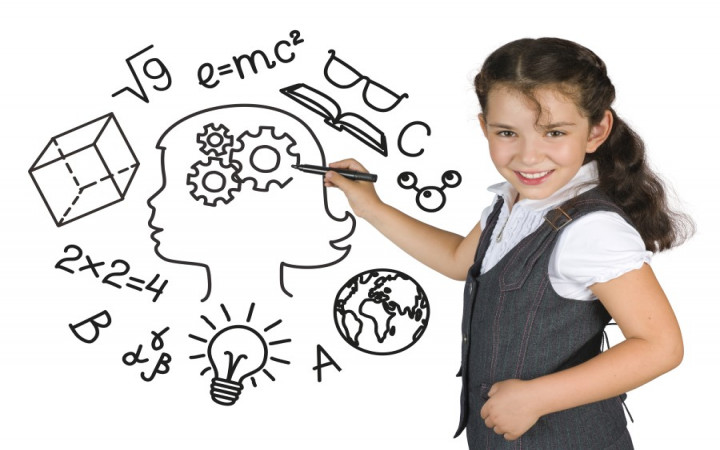Today’s Wonder of the Day was inspired by Jon from Merrick, NY. Jon Wonders, “Why don't all markers work on white boards?” Thanks for WONDERing with us, Jon!
Do you like to play with sidewalk chalk? Using chalk to create outdoor masterpieces is a pastime enjoyed by many children all over the world. You can even buy chalkboard paint to use on indoor walls to create fun surfaces to decorate with chalk drawings or grocery lists right in your own home.
Chalkboards were not always the popular canvases for children's art that they are today. Up until a few decades ago, chalkboards were one of the primary tools in a teacher's arsenal. Before tablet computers, overhead projectors, and whiteboards, chalkboards were used by teachers to write out daily lessons for students.
Back in those days, you had to take notes quickly before the teacher erased the chalk markings and started over. By the end of the day, a chalky haze covered the board and students would be required to clean up. Some students would head for wet paper towels to clean the remaining chalk residue off the board, while others would be sent outside with the erasers to bang them together in an attempt to clean them of layers of chalk dust.
Today, many different types of new technology have replaced chalkboards in schools around the world. For those teachers who still prefer to write on a large board, chalkboards have largely been replaced with whiteboards. Instead of using white chalk on a black chalkboard, teachers can now use a variety of different colored markers on a whiteboard.
When it comes to using markers on a whiteboard, though, you have to be careful which markers you use. While just about any marker will make a mark on a whiteboard, not all of those marks can be easily erased, which is what the inventors of the whiteboard intended.
Whiteboards can be made from many different materials. Depending on who you ask, they got their start in either the late 1950s in England or the early 1960s in the United States. From the start, they were intended to feature smooth, non-porous writing surfaces that could be erased quickly and easily.
Some of the earliest whiteboards were made out of either film laminate or enameled steel. They could be expensive and did not sell particularly well, especially since they had to be cleaned with liquids. That all changed in 1975 when Jerry Woolf invented the dry-erase marker.
Dry-erase markers are non-permanent markers that contain erasable ink that adheres to whiteboards without binding to or being absorbed by them. This allows them to be used on whiteboards without requiring messy clean-up. With a simple wipe of an eraser, cloth, or paper towel, dry-erase markings are gone!
The easy clean-up of dry-erase markers, combined with new whiteboards made out of cheaper materials, such as laminated chipboard, resulted in a boom in their popularity in the 1990s. Today, millions of classrooms, offices, and conference rooms around the world feature whiteboards. Whiteboards became especially popular in schools as a healthier alternative to chalkboards and the potential allergy and health risks related to chalk dust.
While much easier to erase than traditional chalkboards, whiteboards can accumulate stains over time. Heavy use and repeated erasing can leave remnants of past marks. Fortunately, a damp cloth will often remove those pesky marks. There are also a variety of liquid solvents that can be used to clean whiteboards thoroughly.





